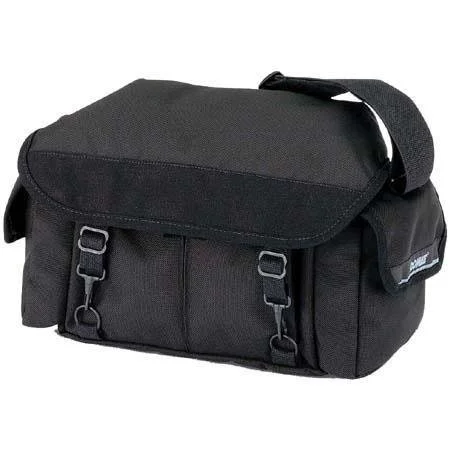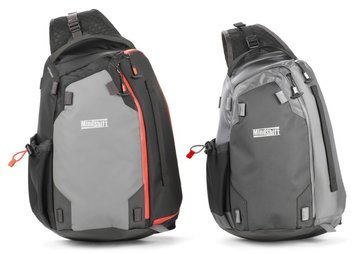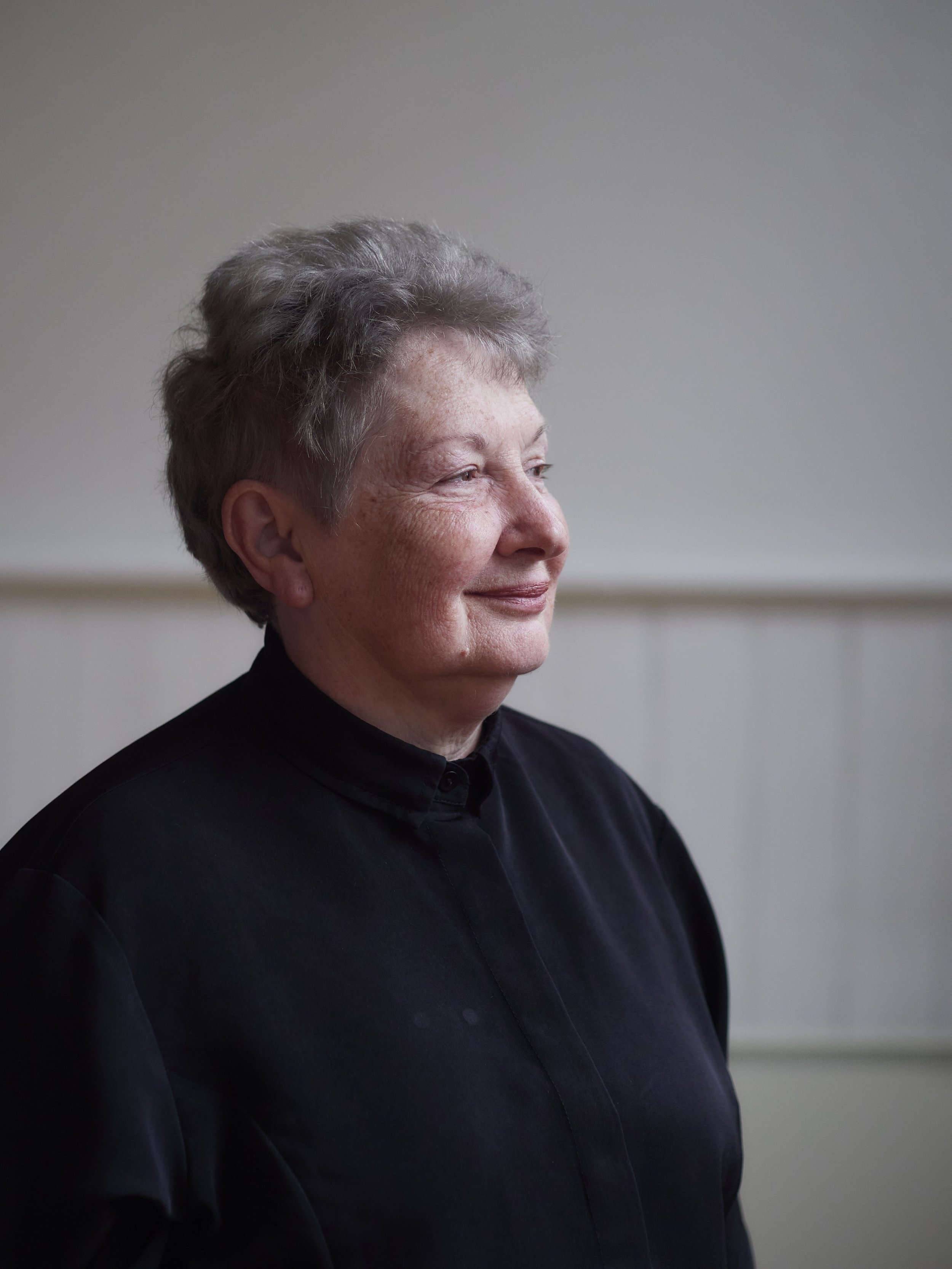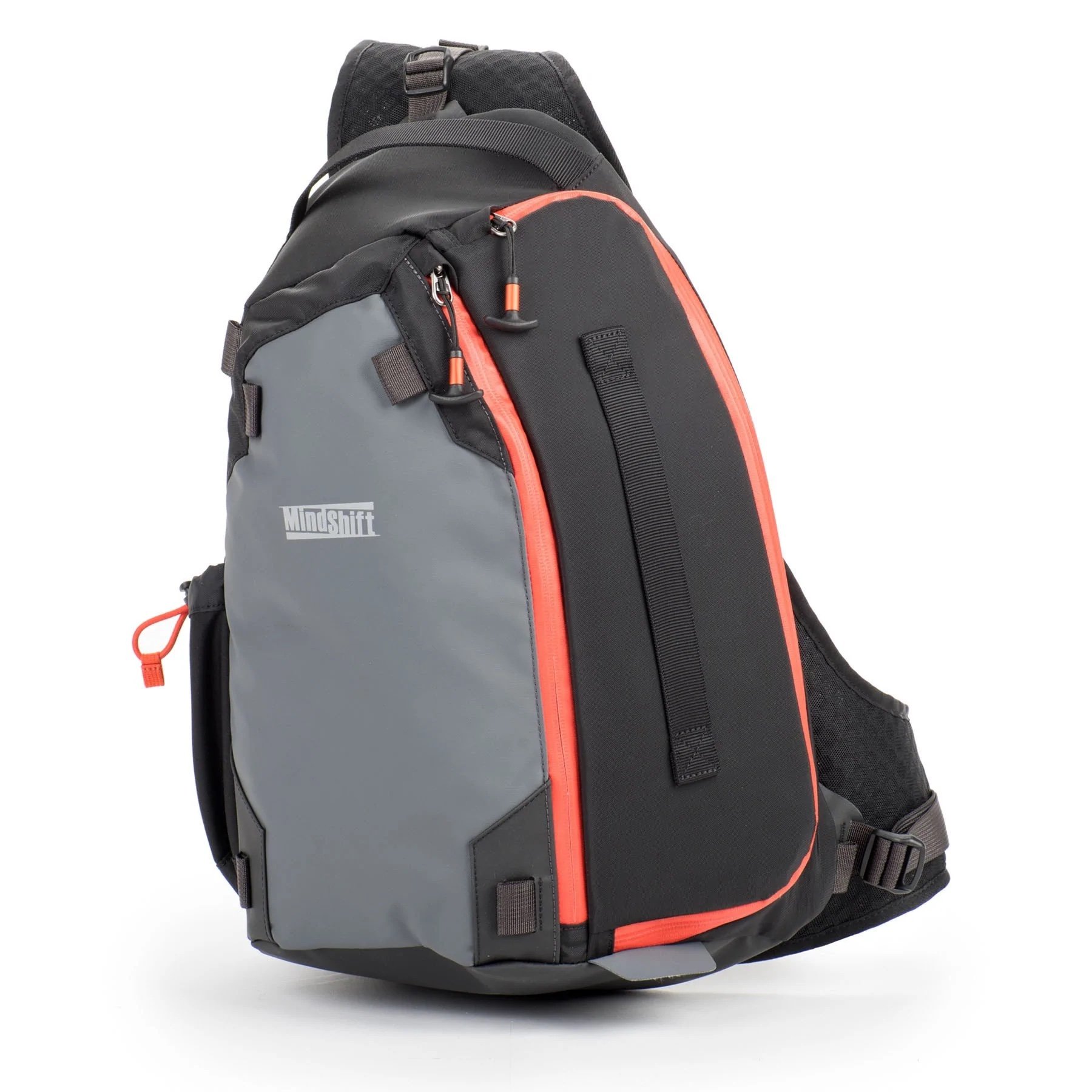My video growth path still vexes me.
There is a super special on at the moment with the GH5 Mk2 at $1600au ($1000 off) which is very tempting.
So the cycle starts again.
What is needed by me, now and in the immediate future?
Flexible, high quality 1080p with options (10 bit, high speed, slo-mo, time lapse, good enough codecs and compression). Have that.
Good 4k with some options (10 bit, 60p, slo-mo etc and again some codec options). This is client based, not me as 1080p is fine for my own needs. Have that.
Something stabilised. The OSMO is my gimbal camera, the others do “hand held” look well. Have that.
Long period recording. The OSMO is plenty for a few uses, but then it cannot do other jobs, so another option. Very Limited.
Colour compatability across cameras. The OSMO and Pana Cine-D and standard profiles look similar enough, the Oly FLAT profile can be tweaked and I have multiples of the two bigger cameras, so colour matching can be achieved specifically or generally. Different angles look different anyway, so strict colour matching is not hugely important. Pretty good.
A flexible codec for post pocessing tough jobs. The Natural look on Panas is lovely and well accepted, but not super flexible, nor even the best they offer. Their HLG and Cine-D are better. The FLAT on the Oly’s is nice and Cine-D like and the OSMO offers Cine-D or good standard. A RAW format would be nice I guess, but to be honest is more than I need at the moment. ProRes comes with issues for me with DaVinci, B-Raw is harder to source, DNxHD is an unknown, but looks good (needs more research) and VLog-L is decent. I could also just buy the upgrade key for the G9’s VLog-L. Weak.
Better low light would be nice. M43 does struggle above ISO 1600 in video and that can only be fixed by (1) lighting (2) a dual ISO camera or (3) fast glass. I have two but not the third.
I ask myself firstly if I need more (only a lack of continuous recording comes to mind here and the OSMO and dual cameras actually fix that to a certain extent).
I have;
OSMO 1 with 4k/60 Cine-D and 2k long recording (2 hrs). This can be my gimbal, continuous shooter and “funny places” camera. Not used enough now, it has the potential to produce pro grade footage and solve many common problems.
2x G9’s with time limited 4k, 10 bit, 4:2:2 Long-Gop in Cine-D/HLG/Natural (upgrade to VLog-L optional). These are so good, they really defy any need for an upgrade (for me). Continuous shooting is the only hassle and it can be avoided by using mutli camera angles, I just need to get good at synching in post.
2x EM1x with good C4k/24, 4K/30, ok 1080 All-i, the best stabe (although they are all good), OM-Log and Flat built in. I like the 4k out of these. the 1080 is iffy, but the 4k is not and compressing down works. I also like the FLAT profile. The Oly FLAT 4k is nice and organic looking.
What’s missing?
Option 1
Thinking like this always bring up, with some issues, adding an off-board recorder.
If I add a basic one (BM Assist 3g or Ninja V) to a G9, I can have continuous recording and ProRes Raw or DNxHD from the Black Magic on the G9’s or ProRes Raw on the G9’s and EM1x’s with a Ninja V. The BM Assist 3g is the better option for similar money, but is limited to G9’s and 2k ProRes. ProRes is not an ideal fit for DaVinci. This will not make my cature better, but increases my post processing options and to a smaller extent gives me a better hand-on codec for clients.
Annoyingly there just does not seem to be an ideal fit for my two cameras. The Ninja-V likes the EM1x specifically, but not DaVinci. the BM Assist 3g likes both, but with limitations and the 12g is unfriendly to both. Ironically, if I upgrade my camera, the off board options open right up, but two birds……… .
The BMA 3g with a G9/EM1x would give me unlimted recording and with USB power on a G9 or 2 batts on the EM1x for under 1k, but I would probably stick to the same formats, so really just a glorified 1080 DNx recorder that upgrades any of these, but not all (1080 from 4k on the EM1x?).
Option 2
This one is to upgrade to another (!) camera.
For 1500au I can get (for the moment) the GH5 Mk2, which is basically the video-centric equivalent of the G9, with similar handling, colours and stills performance, while adding continuous recording, 400 bit All-i compession, Cine-D2, USB power and live streaming. It even fits into my G9 cage. Unlike the GH6, this one has no special memory card needs and the easily sourced battery life is good at 1hr/4k, especially when compared to the 20 min BMPCC4k, but it is a different type to the G9’s. The main thing it offers me over the G9 is continuous recording and streaming.
For about the same I can get a GH5, offering similar performance in video with some missing links like no internal VLog-L (optional upgrade like the G9), no streaming or stabiliser and now slightly dated video specs, but still very good, it is otherwise similar to the G9. This is a poor option at the moment with the GH5 Mk2 special, but normally good-ish value. It does take the same battery as the G9.
A G85. This little bugger offers very nice organic 4k and 1080p with no (battery life) recording limit for under 1k (I even get a free lens). It is pretty basic otherwise, but a working solution. Normally the price is the main temptation, but with the GH5 Mk2 on sale, that is less of a given at just over half as much (2 for the same price?). The strength of the G85 is good, natural looking 4k/24p with battery life recording limit (at least 1hr of 4k) and good stabilisation.
The reality is the G9 does many things better, but the G85 offers longer recording for about the same price as an off-board recorder and has Cine-D/Natural profiles. A neat little camera offering a basic G9-like option with long recording. This is a guilt free buy and a handy travel camera. The G9’s can do the heavy lifting for effects etc, the G85 handle the static “A” cam work.
The G95 should be a contender, but it simply is not. The sale GH5 mk2, a better camera in almost every respect is almost the same price, the G85 a lit cheaper and the G9, which does not crop it’s 4k is about the same price and again a better camera overall. All it offers is VLog-L, but that is not a deal breaker. Struggling to see the appeal of that one.
The GH6 lifts video in some areas and upgrades overall performance argueably making it the best Panasonic all-rounder, while adding complications. The card options are less straight forward, the cage is different, the battery also and the cost puts it up into the “oops, not again” catergory. A GH5 mk2 I can swing maybe as a long term layby guilt free. The other bodies and off boards are even cheaper, but the GH6 is in the last Pro camera ever catergory and I already did that with my second EM1x. It is the top dog though, developing a reputation as a solid pro choice. A bargain right now but overkill with bells on and for me misguided?
A late comer, the S5. I had no real interest in fullframe, but when I think on it (prompted by a similar price to the GH5.2), it gives me the dynamic range of the BMPCC4k, betters the ISO performance of the BMPCC4k and GH5S with a full frame and dual ISO sensor, good size, with a decent stabiliser, workable AF (the G9’s and EM1x’s stay relevant due to slightly better performance here), better codecs with VLOG full (not light-real LOG) and the continuous recording issue is addressed in 8 bit 4k, even with a single battery, which apparently lasts well over 2 hours, meaning all I need is a second battery for 4 hrs+. It actually seems like the love child of a BMPCC4k, GH5S, A73 and GH6, offering bits of each. Unlike the GH6, it has no special needs or considerations. It just works and ironically, it is smaller by a large margin.
Lenses are addressed early on with the decent kit 20-60 and maybe a fast prime later, maybe not.
The BMPCC 4k for a little under 2k is the DaVinci friendly option, lacking most of the niceties of the Panas, but just great video. Colour is different to the Panas, which is an issue that would possibly lead to more cameras, so caution needed. The camera makes more sense than the GH5s which shares the same sensor, the better BM Assist (the top 12g is not compatible with my cameras and is a similar price) or the GH6 as a static camera option. It suffers from some hardware annoyances, storage etc, and poor battery life but as a static camera, all of these are somewhat avoidable.














































































































